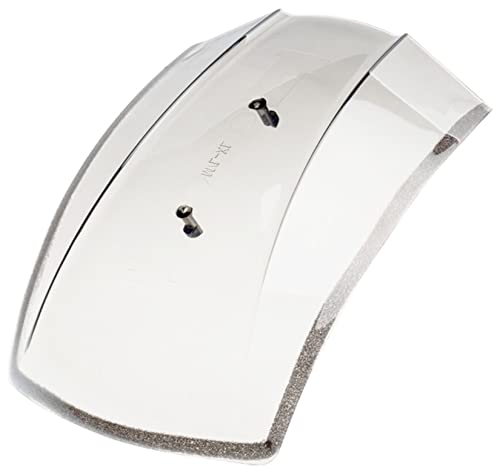- Joined
- Dec 3, 2009
- Messages
- 22,463
- Reaction score
- 275
- Location
- Van Nuys Ca.
- My Bike Models
- 1983 Interstate
2018 KLR 650
2018 BMW S1000 RR
- My Bike Logs forum link
- https://classicgoldwings.com/forums/dan-filipi.122/
WindNWing":1tf81uka said:I tend to not second guess the professional engineers that designed the system.
I completely agree.
I'm not trying to reinvent the wheel but the fact is we're running 25 plus year old ignition technology and there are many improved coil designs out there. Whether an improved coil will work connected to an old primary input design is another story.
I'm sure just the 7mm copper coil wires themselves are a limiting factor.
What I'm after is a compatible set of aftermarket coils since the original coils are no longer available, and if we can boost the spark then all the better.
I found a supplier that has what looks like the same screw type connector for the 7 mm plug wires but 2.5 ohms primary resistance for just $34 each.
https://www.vintagecb750.com/products/5/ ... s-switches
I've found others with over 4 ohms primary for around the same $.
The question remains, will the higher primary resistance work on our 1100's. And if so, are there other changes necessary so we don't burn anything out.









































